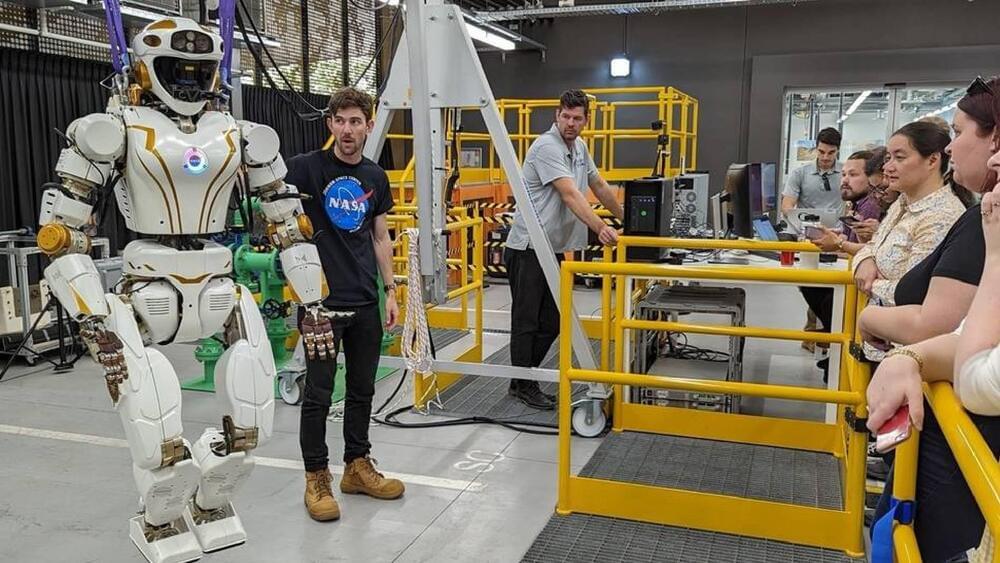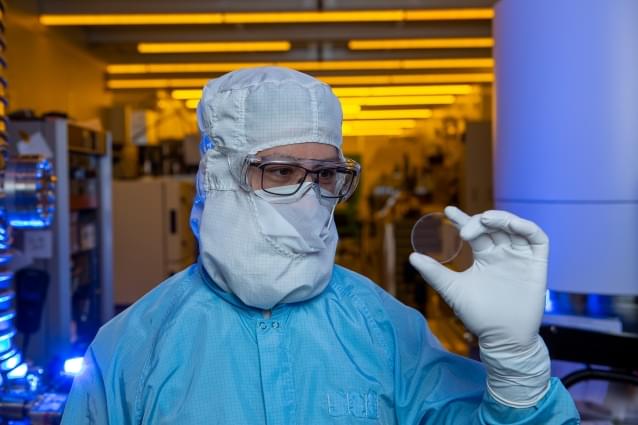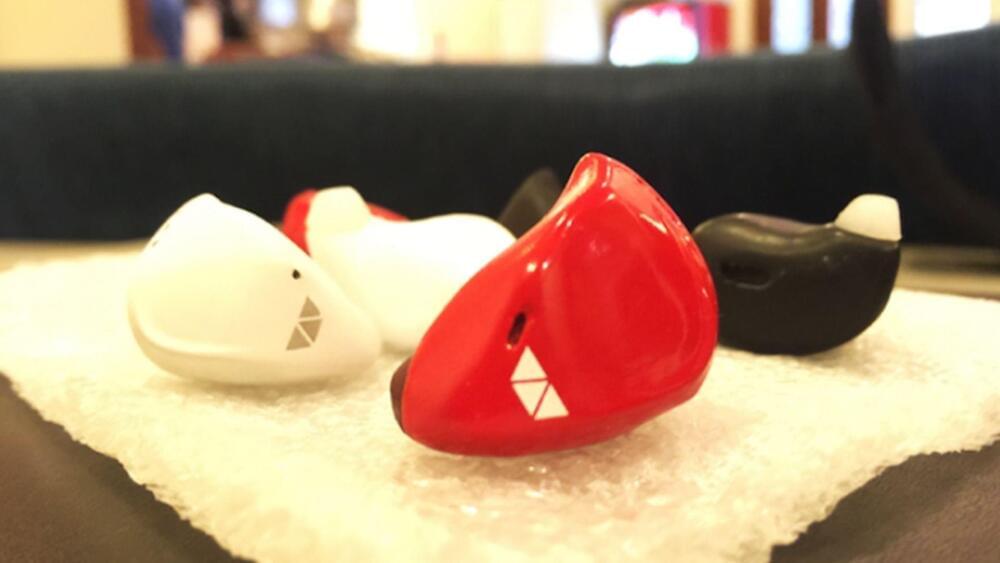Tiger Toilets run on poop-eating worms and cost less than traditional sewage systems. All they leave behind is water, CO2, and a little fertilizer.



This is according to a press release by NASA published on Thursday.
Woodside Energy will test the machine’s software and provide data and feedback to NASA particularly as it relates to developing remote mobile dexterous manipulation capabilities to accommodate remote caretaking of uncrewed and offshore energy facilities.
“Valkyrie will advance robotic remote operations capabilities which have potential to improve the efficiency of Woodside’s offshore and remote operations while also increasing safety for both its personnel and the environment. In addition, the new capabilities may have applications for NASA’s Artemis missions and for other Earth-based robotics objectives,” said the NASA statement.
Brain-based technologies of spiritual enhancement can induce mystical experiences in many people on demand. What does this mean for spirituality today?

Optics researchers at Lawrence Livermore National Laboratory (LLNL) have refined their novel metasurface process to create taller features without increasing feature-to-feature spacing, an advance that unlocks exciting new design possibilities.
“We have refined our process to create metasurfaces that allow for a wide optical bandwidth and a large span of incidence angles for an antireflection layer,” said LLNL research scientist Eyal Feigenbaum, the principal investigator. “We can now cover bandwidth range all the way from the ultraviolet to wavelengths larger than 2 microns, which is extraordinary. That wasn’t possible with the existing technology.”
The result is reported in a new paper, “All-Glass Metasurfaces for Ultra-Broadband and Large Acceptance Angle Antireflectivity: from Ultraviolet to Mid-Infrared.” It will be the cover story for the December 2023 issue of Advanced Optical Materials.
Earlier this year, scientists completed the first transmission of energy from space to earth, potentially revolutionizing carbon-free energy. The scientists behind the incredible achievement explain the process. Jeff Glor reports.
“CBS Saturday Morning” co-hosts Jeff Glor, Michelle Miller and Dana Jacobson deliver two hours of original reporting and breaking news, as well as profiles of leading figures in culture and the arts. Watch “CBS Saturday Morning” at 7 a.m. ET on CBS and 8 a.m. ET on the CBS News app.
Watch CBS News live: https://cbsn.ws/1PlLpZ7c
Download the CBS News app: https://cbsn.ws/1Xb1WC8
Follow “CBS Mornings” on Instagram: https://bit.ly/3A13OqA
Like “CBS Mornings” on Facebook: https://bit.ly/3tpOx00
Follow “CBS Mornings” on Twitter: https://bit.ly/38QQp8B
Try Paramount+ free: https://bit.ly/2OiW1kZ
For video licensing inquiries, contact: [email protected]

Stevens’ School of Systems and Enterprises (SSE) held a reception at Northrop Grumman’s Space Systems headquarters in Dulles, Va., to congratulate its 21 employees who received their Master of Engineering in Space Systems Engineering through the SSE Corporate Education program.
SSE’s Dr. Wiley Larson was able to congratulate the cohort of graduates, and Marcos Stephens, director, technical staff development for NGC Space Systems, served as the program emcee. Stephens and Carol Ruiz, director, online and corporate engagement for SSE, planned the event with the assistance of Julie Godby, executive assistant at NGC. The School of Systems and Enterprises has partnered with Northrup Grumman since 2006 and is excited to be engaged with their Space Systems segment.

Summary: Artificial Intelligence (AI), specifically GPT-4, was found to match the top 1% of human thinkers on a standard creativity test. The AI application ChatGPT, developed using GPT-4, excelled in fluency and originality in the Torrance Tests of Creative Thinking, a widely recognized tool for assessing creativity.
This breakthrough finding indicates that AI may be developing creative ability on par with or even surpassing human capabilities. Dr. Erik Guzik, the lead researcher, anticipates that AI, with its rapidly evolving advancements, will become a key tool for business innovation and entrepreneurship.

Elon Musk has again decided to share a timeline about Tesla’s self-driving effort – again claiming it will achieve “full self-driving” by the end of the year.
But this time, the CEO has mentioned “level 4 or 5” self-driving. However, it’s not clear if he knows what that means.
Over the years, Musk has claimed that Tesla was on the verge of achieving “full self-driving capability” so often that it is hard to believe him now.
Dog and cat linguists rejoice we can talk to them and understand them with lots of apps and other devices in this article 😀 😊 😄 😉.
All dog owners have wished there was such a thing as a translator for their dog. The movie Up brings this concept to life with a collar that translates everything the dog says. But does a dog translator exist in real life? We might not have flying cars yet in the 21st century, but dog translators do exist.
There’s no longer a need to guess everything your dog is saying when you can buy dog translator collars, buttons, neural devices, and apps to help you translate what your dog wants to say.
I know that my dog wants to go outside if she shakes her collar or sneezes and that it’s an urgent need if she barks in a certain way. But, I don’t always get it right. Does she want me to follow her? Is Little Timmy down the well?